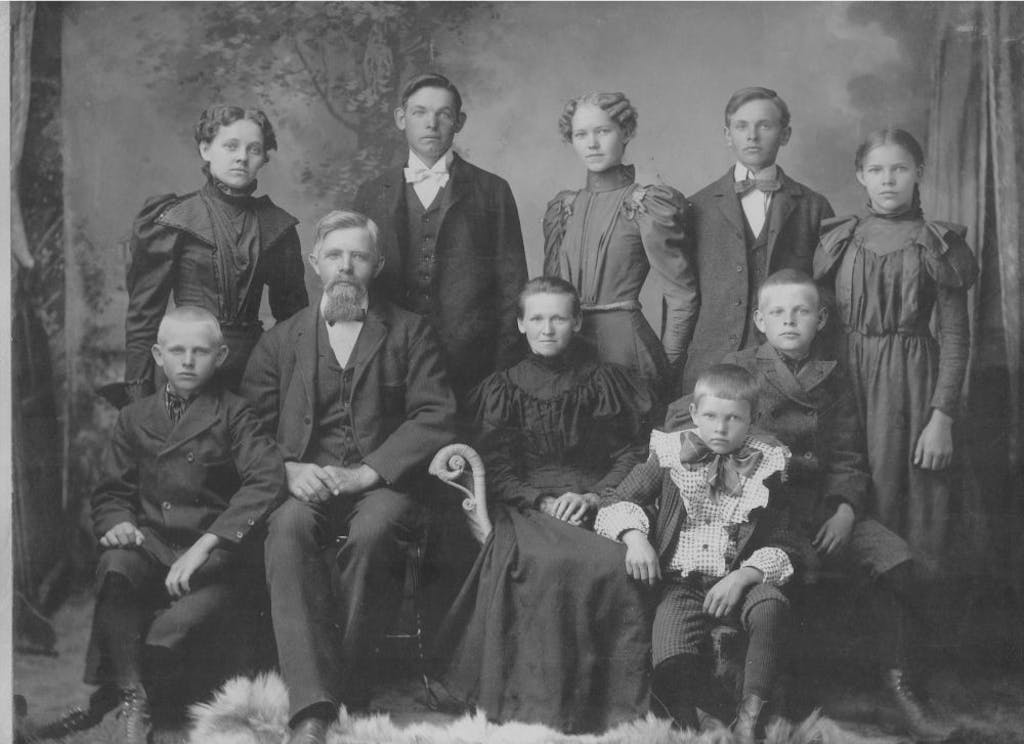Cover cropping is a vital step towards building soil organic matter and reducing emissions. On our farm last year, we grew a shorter season of soybean and harvested earlier. Then, we drilled in oats as a cover crop. With sun and a little bit of rain, the oats sprouted up and they started breathing in carbon and taking it back down into the ground, which pulls additional carbon into the ground than what is typical in most modern midwestern conventional farming systems. In past years, we would not have added cover and that means that we were not pulling additional carbon out of the atmosphere and into the ground. When all of the flooding happened this spring, we were able to show my dad that this approach could hold topsoil in place and slow soil erosion. Those roots from the oats were enough to hold some of our soil in place despite all of rainfall that came in such a short period of time.
When adding cover cropping like this, it also becomes easier to return livestock back to the land on tillable acres. Cattle can start to graze cover crops like oats or other cover crops in well-managed rotational cycles that closely mimic bison movement across the prairie back in the day. That’s what we’re trying to get back to — because that’s when organic matter in the soil was at its highest. It was a natural process. These bison were helping fertilize the soil. And by reintroducing livestock grazing across the majority of the land, we’re able to cut down on most of our reliance on synthetic nutrients within only a handful of years.
Improved grazing techniques, and getting away from massive confinement systems called Concentrated Animal Feeding Operations (CAFOs), also give us a better chance to reduce methane and nitrous oxide emissions. In CAFOs, livestock create huge pockets of methane and a lot of the animal waste does not absorb into the ground as fertilizer but rather runs off. Not only does this put water resources and therefore the public’s health at risk, this also means that much of the benefits of manure are wasted or heavily concentrated into areas that are not able to properly break down the highly nutritious fertilizer.
Not only do the chances of excess methane emissions increase, so do nitrous oxide emissions as more farmers turn to synthetic nutrients to fertilize their crops instead of relying on livestock as was the tradition in the past. There is also some evidence that eating corn-based diets can create higher methane discharge than a grass-based diets as well.
So now with added cover and livestock re-introduced to the soil, you’re not only tackling CO2 with more roots in the ground, but you’re also tackling rising methane and nitrous oxide emissions, which are both more harmful greenhouse gases than CO2.
Then you can take it one step further and start adding agri-forestry to the farm — trees that produce fruits, nuts, or berries — and put them in between your rows of corn and soybeans with livestock grazing through. This reduces greenhouse gases even more and creates more fertility and resiliency in the soil, and more prosperity for the farmer. This is a win-win-win!








